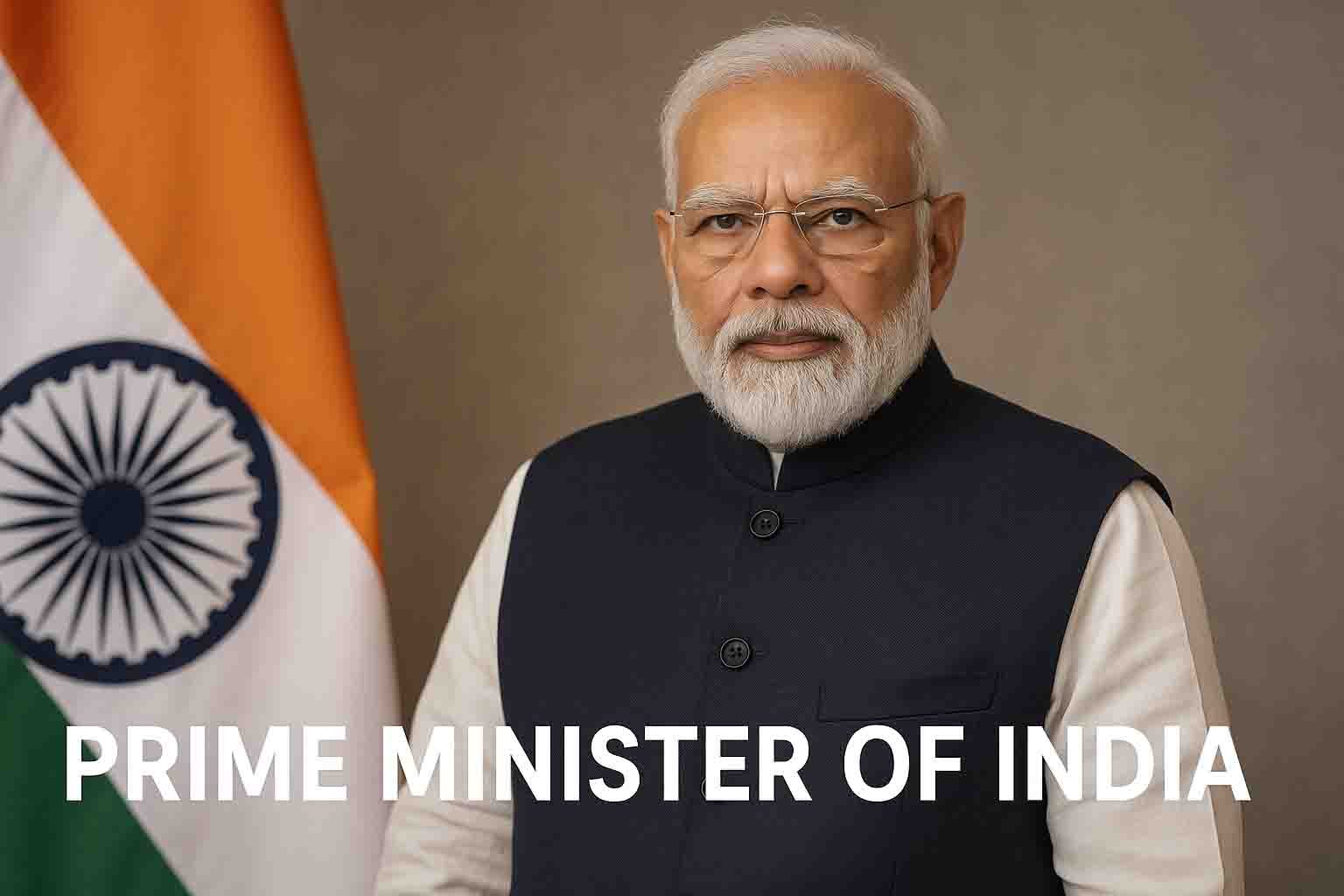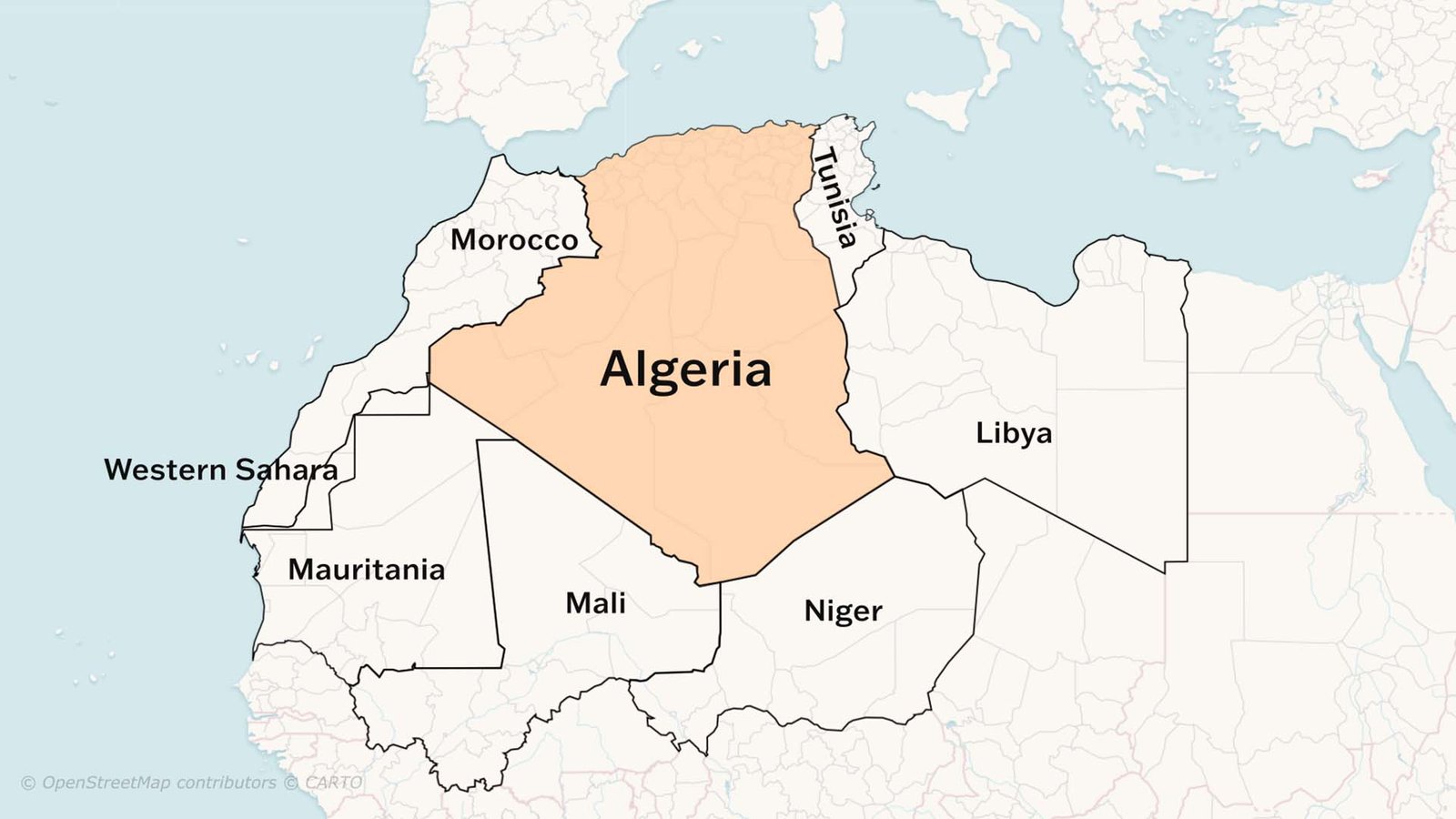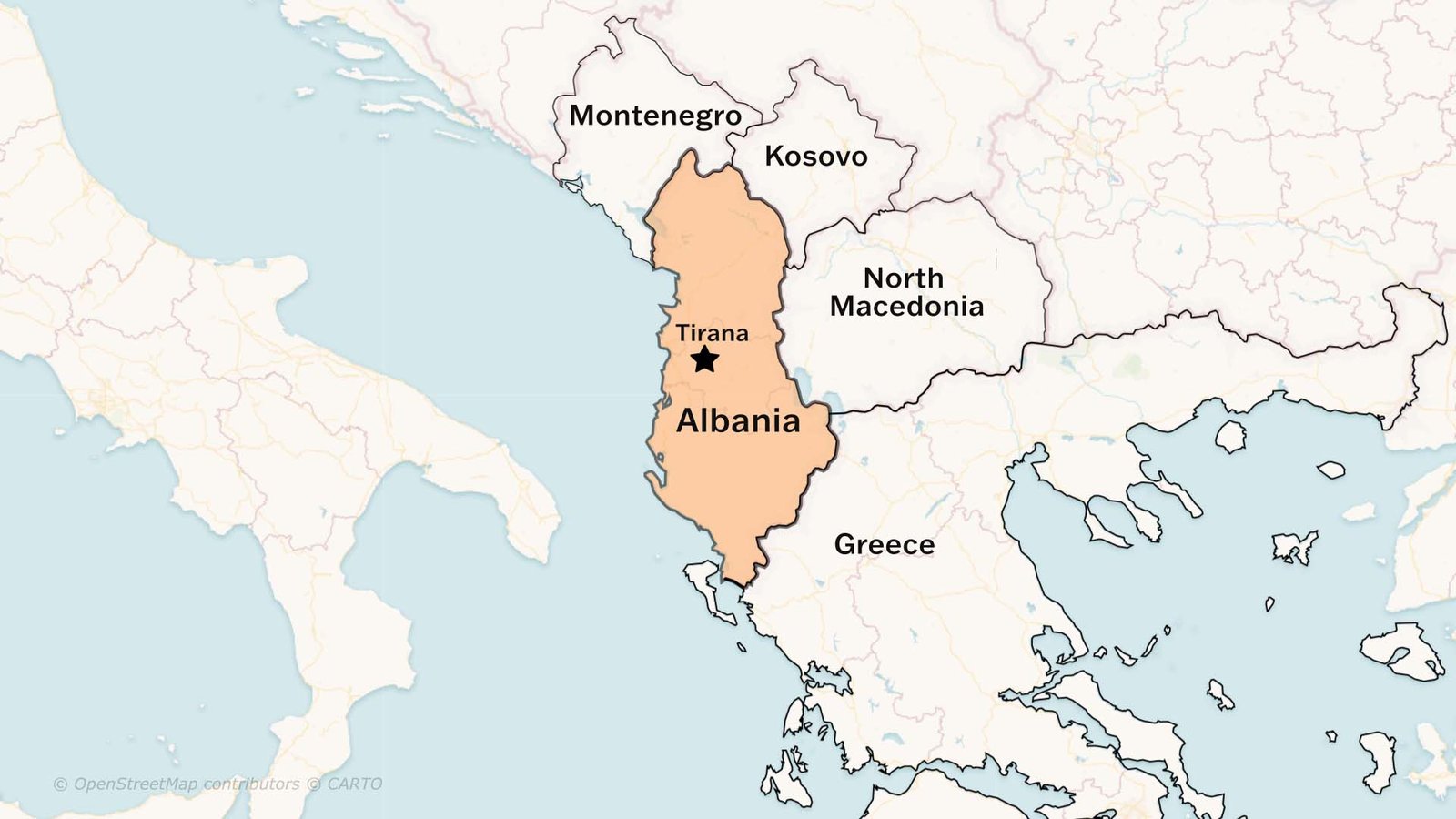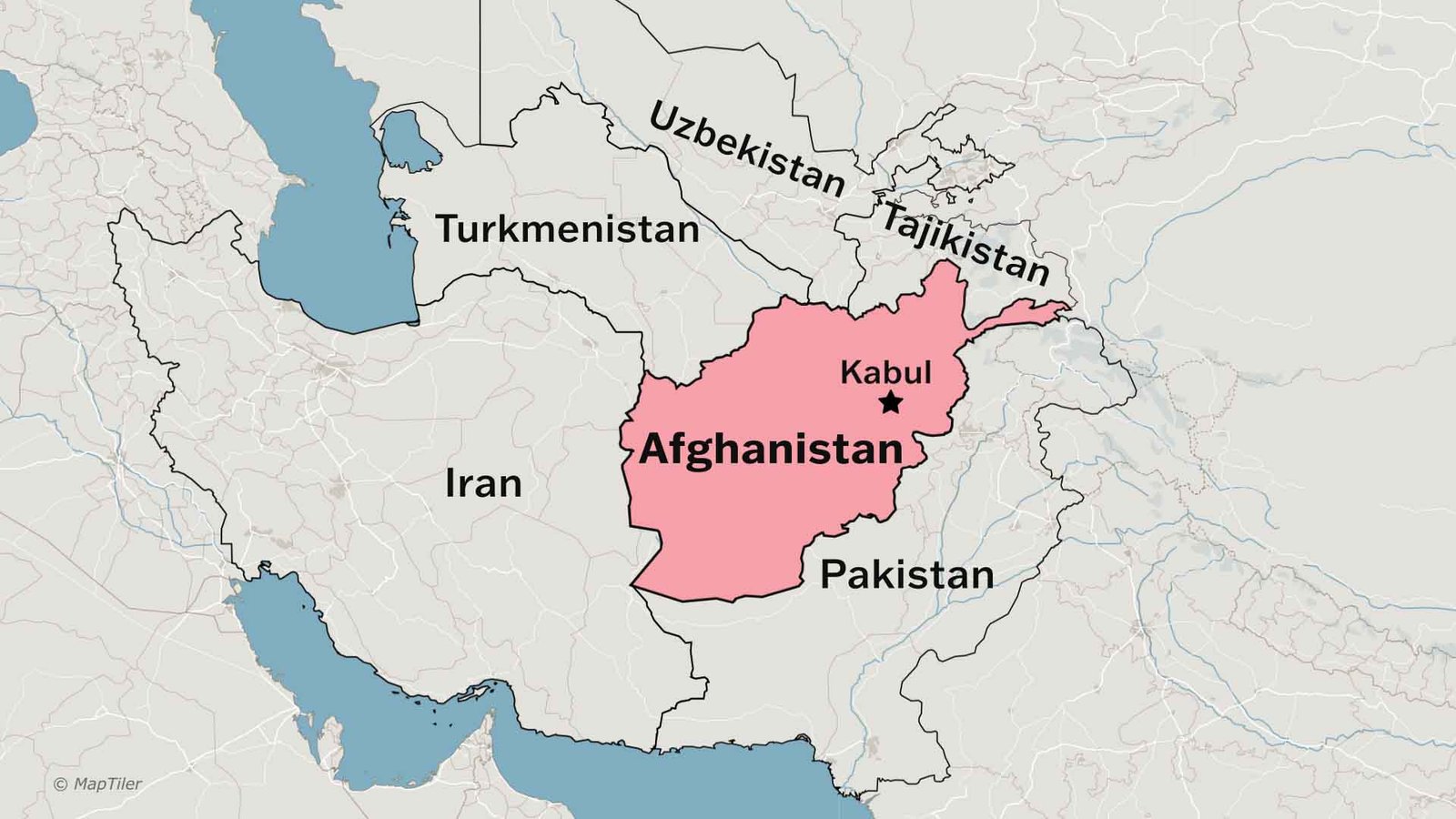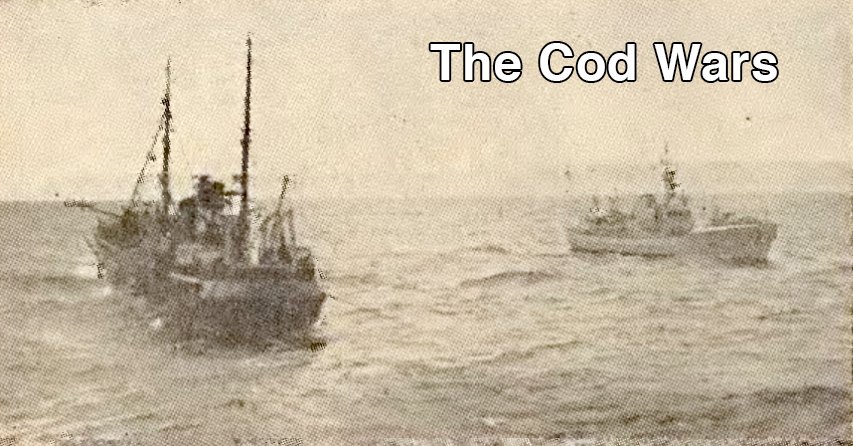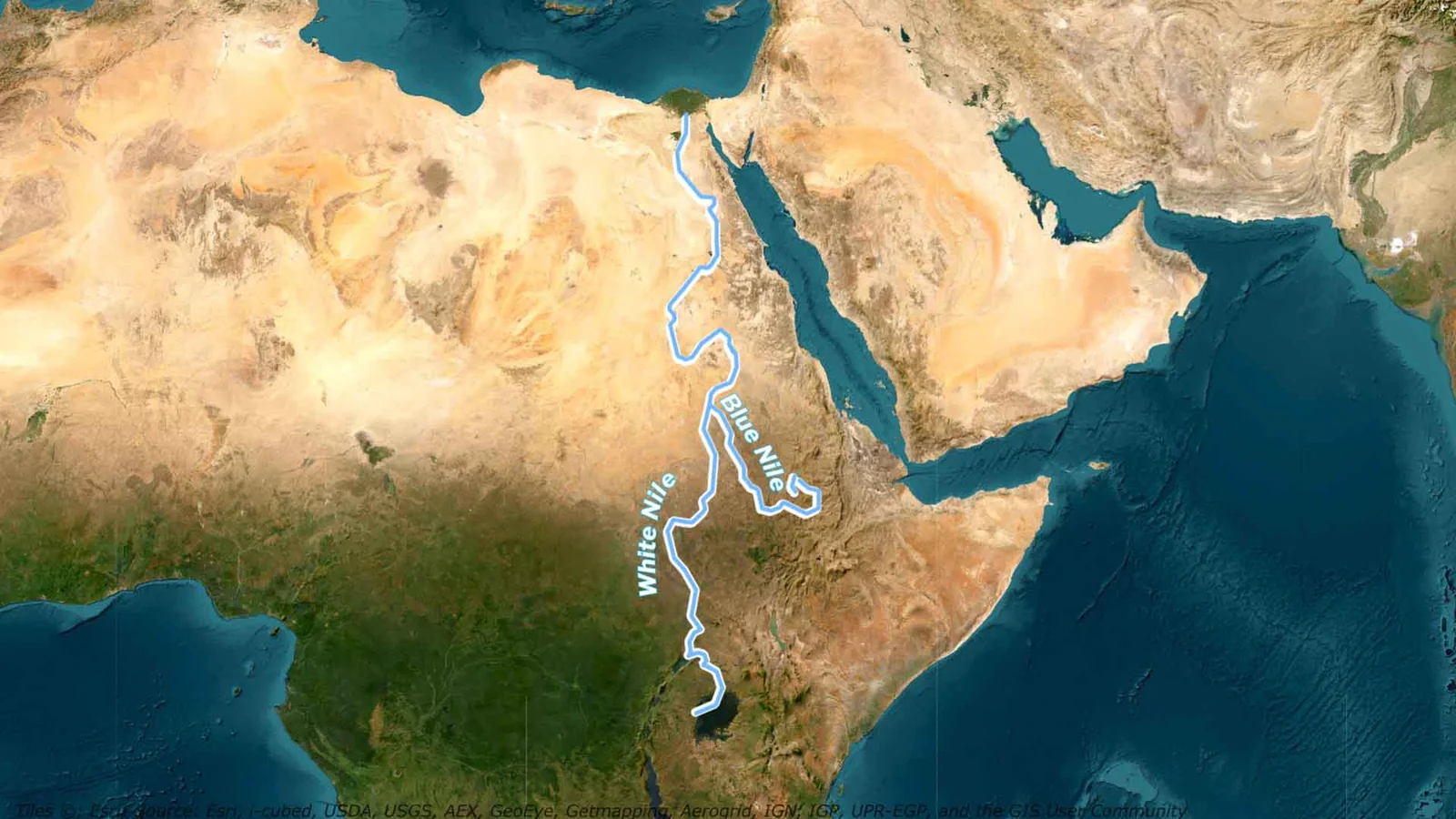The Prime Minister is the real executive authority in a parliamentary system aided by the council of ministers and the President who acts as the nominal executive.
Appointment of the PM
The Prime Minister is not directly elected, but appointed by the President from the ruling party. Here, Article 75 of the constitution states that the President shall appoint the Prime Minister, who comes from the ruling party of the Lok Sabha. However, only when no party has a clear majority in the LS, then the President may use his discretion to appoint the leader of the largest party of the coalition as the PM.
In such cases, the PM is required to seek confidence in the house within a month. A prime example of this situation is during the year 1979. Here, Neelam Sanjiva Reddy, the then President, appointed Charan Singh from the coalition as the PM, when the Janata government headed by Morarji Desai fell.
Oath, Salary, and Term of the Office
Article 75 (1) of the Indian Constitution specifies that the Prime Minister is appointed by the President and shall take an oath of office and secrecy before assuming the office. The Prime Minister of India takes two oaths: the oath of office and the oath of secrecy.
- Oath of office: The Prime Minister pledges to:
- Bear true faith and allegiance to the Constitution of India.
- Uphold the sovereignty and integrity of India.
- Faithfully discharge the duties of the office.
- Treat all people fairly and impartially, according to the Constitution and the law.
- Oath of secrecy: The Prime Minister vows not to disclose any confidential information learned in office, except as required for his duties.
Term of the PM
The Prime Minister’s term is not fixed; he holds office at the pleasure of the President. However, he cannot be dismissed as long as he has majority support in the Lok Sabha. If he loses this support, he must resign or be dismissed by the President.
Salary and Allowances
The salary and allowances of the Prime Minister are determined by Parliament and include the salary of a Member of Parliament, a sumptuary allowance, free accommodation, travel allowance, and medical facilities.
However, in 2001 the sumptuary allowance was increased from ₹1,500 to ₹3,000 per month.
Functions of the PM
The Prime Minister serves multiple functions with relation to various offices and executives, which include the following:
In Relation to the Council of Ministers:
- Recommends appointments: The Prime Minister recommends persons to be appointed as ministers by the President.
- Portfolio allocation: He allocates and reshuffles ministerial portfolios.
- Dismissal power: He can ask a minister to resign or advise the President to dismiss a minister in case of differences.
- Presides over meetings: He leads the council of ministers’ meetings and influences decisions.
- Coordination: He guides, directs, and coordinates the activities of all ministers.
- Collapse of the council: The resignation or death of the Prime Minister causes the entire council of ministers to collapse, unlike other ministers whose resignation only creates a vacancy.
In Relation to the President:
- Communication channel: The Prime Minister is the main communication link between the President and the council of ministers, conveying decisions and proposals.
- PM’s duty is to communicate all decisions of the COM wrt administration of the affairs of the Union and proposals for legislation
- He also has to furnish information relating to the administration of the affairs of the Union and proposals for legislation as the President may call for
- If the President so requires, then the PM is required to submit for consideration of the COM matter on which a decision has been taken by the minister ut which has not been considered by the council
- Advises the President: He advises the President on the appointment of important officials such as the Attorney General, CAG, UPSC members, and others.
In Relation to Parliament:
- Summoning and proroguing: He advises the President on summoning and proroguing Parliament sessions.
- Dissolution recommendation: He can recommend the dissolution of the Lok Sabha to the President.
- Policy announcements: He announces government policies in Parliament.
Other Powers & Functions:
- Chairman of important councils: He chairs several key bodies, including NITI Aayog and the National Integration Council.
- Foreign policy role: He plays a significant role in shaping the country’s foreign policy.
- Spokesman of the government: He represents the Union government.
- Crisis manager: He manages political crises during emergencies.
- Public engagement: He interacts with people across the country and addresses their concerns.
- Leader of the ruling party: He is the leader of the party in power.
- Political head of services: He oversees the functioning of government services.
Such diverse powers and functions of the PM of India suggest that the Prime Minister holds a central role in India’s political and administrative system. Dr. B.R. Ambedkar noted that if any functionary under our constitution is to be compared with the US president, he/she is the Prime Minister and not the President of the Union.
Analysis of the position of the Prime Minister in India
Various political analysts have critically analysed the position of the Prime Minister of India with respect to its functions, role in governance, and powers conferred to him/ her y the constitution. Some of these include the following
- Lord Morley described the Prime Minister as “primus inter pares” (first among equals) and the “keystone of the cabinet arch,” emphasizing their exceptional authority within the cabinet.
- Herbert Marrison agreed that the Prime Minister is “primus inter pares” but argued this term is too modest to capture the full scope of the Prime Minister’s position.
- Sir William Vernor Harcourt compared the Prime Minister to “inter stellas luna minores” (a moon among lesser stars).
- Jennings stated that the Prime Minister is “a sun around which planets revolve” and the keystone of the constitution, where “all roads in the constitution lead to the Prime Minister.”
- H.J. Laski said the Prime Minister is central to the formation, life, and death of the cabinet, describing him as “the pivot around which the entire governmental machinery revolves.”
- H.R.G. Greaves emphasised that the Prime Minister is the master of the government, which in turn governs the country.
- Munro compared the Prime Minister to “the captain of the ship of the state.”
- Ramsay Muir described the Prime Minister as “the steersman of the steering wheel of the ship of the state.”
R.H. Crossman and Humphrey Berkely observe that the British system has evolved into a “Prime Ministerial government,” with the Prime Minister holding super-ministerial powers. This shift in power is also applicable in the Indian context, where the Prime Minister plays a similarly central and dominant role in the functioning of the government.
While the PM is the head of the government, the President is also the head of the state which can collide and lead to conflict of interest. Therefore, the constitution provides the legal basis for powers of the PM related to the President, creating a balance between the legislature and the executive.
The relationship between the President and the Prime Minister is defined by several provisions in the Indian Constitution:
- Article 74: Establishes that the Prime Minister leads the Council of Ministers, which aids and advises the President. It states that the President must act according to this advice, but can request reconsideration of the advice before acting on it.
- Article 75: Outlines the appointment process of the Prime Minister and other ministers:
- The President appoints the Prime Minister.
- The Prime Minister advises the President on appointing other ministers.
- Ministers hold office at the President’s pleasure.
- The Council of Ministers is collectively responsible to the Lok Sabha.
- Article 78: Specifies the duties of the Prime Minister, including:
- Communicating decisions of the Council of Ministers to the President.
- Providing information to the President regarding Union affairs and legislation.
- Submitting matters for consideration if required by the President.
Chief Ministers becoming Prime Ministers of India
While the Prime Minister is the head of the government at a pan-India level, similarly the Chief Minister has supreme legislative powers with respect to his/her elected state. However, there have been times, when certain Chief Ministers have gone to become the Prime Ministers of India. These include the following personalities:
- Morarji Desai – Former Chief Minister of Bombay (1952–56), became Prime Minister in 1977.
- Charan Singh – Former Chief Minister of Uttar Pradesh, became Prime Minister in 1979.
- V.P. Singh – Former Chief Minister of Uttar Pradesh, became Prime Minister in 1989.
- P.V. Narasimha Rao – Former Chief Minister of Andhra Pradesh, became Prime Minister in 1991.
- H.D. Deve Gowda – Former Chief Minister of Karnataka, became Prime Minister in 1996.
- Narendra Modi – Former Chief Minister of Gujarat, became Prime Minister in 2014.
Conclusion
Hence, the Prime Minister is the head of government and is aided by the Council of Ministers, where the former enjoys a superior position compared to the others. The most important point to remember is that when the PM resigns, the entire COM collapses, highlighting the role and position of the PM in maintaining the political stability of the country.
Read more: Federalism in India

